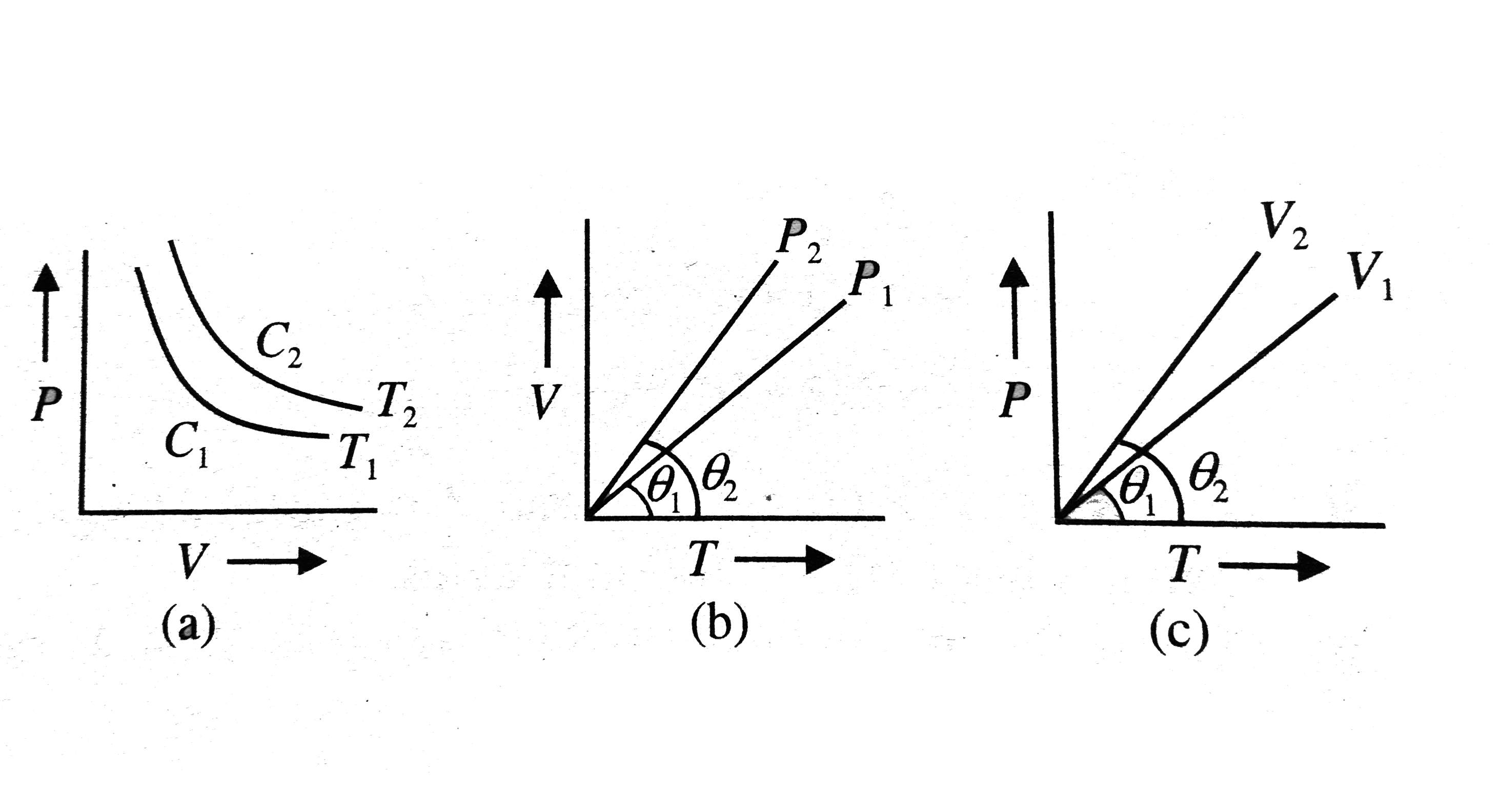Distinguish between isobaric and isochoric process.
To distinguish between isobaric and isochoric processes, we can break down the definitions and characteristics of each process step by step.
1. Definition of Isobaric Process:
- An isobaric process is defined as a thermodynamic process that occurs at a constant pressure.
- The term "isobaric" comes from "iso" meaning constant and "baric" referring to pressure.
2. Example of Isobaric Process:
- A common example of an isobaric process is the boiling of water in an open container. In this case, the pressure remains constant at atmospheric pressure throughout the boiling process.
3. PV Diagram for Isobaric Process:
- When we plot a Pressure-Volume (PV) diagram for an isobaric process, the graph will show a straight line that is parallel to the volume axis. This indicates that pressure remains constant while volume changes.
4. Definition of Isochoric Process:
- An isochoric process, on the other hand, is defined as a thermodynamic process that occurs at a constant volume.
- The term "isochoric" comes from "iso" meaning constant and "choric" referring to volume.
5. Example of Isochoric Process:
- An example of an isochoric process is heating a gas in a sealed container. Since the walls are closed, the volume of the gas cannot change, even though heat is being added.
6. PV Diagram for Isochoric Process:
- In a PV diagram for an isochoric process, the graph will show a straight line that is parallel to the pressure axis. This indicates that volume remains constant while pressure changes.
Summary of Differences:
- Isobaric Process:
- Constant Pressure
- Example: Boiling water in an open container
- PV Diagram: Straight line parallel to the volume axis
- Isochoric Process:
- Constant Volume
- Example: Heating gas in a sealed container
- PV Diagram: Straight line parallel to the pressure axis
- An isobaric process is defined as a thermodynamic process that occurs at a constant pressure.
- The term "isobaric" comes from "iso" meaning constant and "baric" referring to pressure.
- A common example of an isobaric process is the boiling of water in an open container. In this case, the pressure remains constant at atmospheric pressure throughout the boiling process.
- When we plot a Pressure-Volume (PV) diagram for an isobaric process, the graph will show a straight line that is parallel to the volume axis. This indicates that pressure remains constant while volume changes.
- An isochoric process, on the other hand, is defined as a thermodynamic process that occurs at a constant volume.
- The term "isochoric" comes from "iso" meaning constant and "choric" referring to volume.
- An example of an isochoric process is heating a gas in a sealed container. Since the walls are closed, the volume of the gas cannot change, even though heat is being added.
- In a PV diagram for an isochoric process, the graph will show a straight line that is parallel to the pressure axis. This indicates that volume remains constant while pressure changes.
- Isobaric Process:
- Constant Pressure
- Example: Boiling water in an open container
- PV Diagram: Straight line parallel to the volume axis
- Constant Volume
- Example: Heating gas in a sealed container
- PV Diagram: Straight line parallel to the pressure axis
Topper's Solved these Questions
- BOOK - ICSECHAPTER - INTERNAL ENERGY EXERCISE - LONG ANSWER QUESTIONS8videos
INTERNAL ENERGY
- BOOK - ICSECHAPTER - INTERNAL ENERGY EXERCISE - SHORT ANSWER QUESTIONS30videos
INTERNAL ENERGY
- BOOK - ICSECHAPTER - INTERNAL ENERGY EXERCISE - ADDITIONAL SOLVED PROBLEMS12videos
INTERNAL ENERGY
- BOOK - ICSECHAPTER - GRAVITATIONEXERCISE - FROM THE HUBBLE TELESCOP2videos
GRAVITATION
- BOOK - ICSECHAPTER - MOTION IN FLUIDS EXERCISE - SELECTED PROBLEMS (FROM POISEUILLE.S FORMULA)19videos
MOTION IN FLUIDS
Similar Questions
During an isochoric process
View SolutionDistinguish between music and noise.
View SolutionExplain the difference between isobaric and isochoric processes.
View SolutionExplain whether (a) T2>T1, (b) P2>P1 and (c ) V2>V1 or otherwise in Fig., which represent in isothermal, isobaric, and isochoric processes for the same mass of an ideal gas, respectively.
 View Solution
View SolutionDistinguish between :
IRV and ERVView SolutionDistinguish between renin and rennin?
View SolutionDistinguish between mass and weight.
View SolutionDistinguish between molarity and molality.
View SolutionDistinguish between mass and weight .
View SolutionDistinguish between speed and velocity.
View Solution

